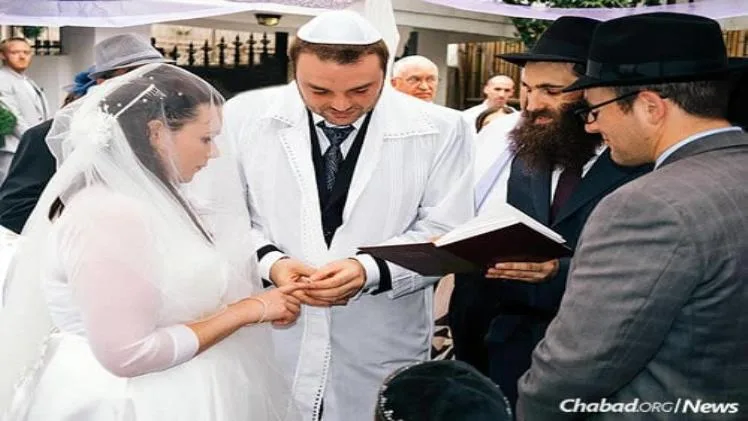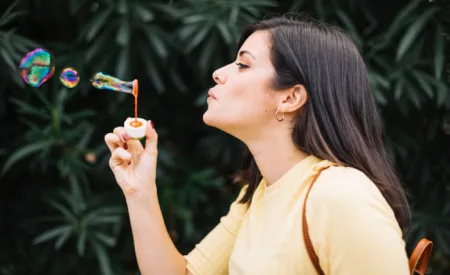A Jewish wedding ceremony is a joyous and sacred occasion that is rich in traditions, symbolism, and meaning. Each ritual and tradition within the ceremony has its own significance, connecting the couple to their heritage and expressing their commitment to one another.
Let’s take a look at some of the elements of a Jewish wedding ceremony and the deeper meanings they hold.
Ketubah Signing
The ketubah is a Jewish marriage contract that outlines the rights and responsibilities of the couple. It is signed before the wedding ceremony and is often personalized to reflect the couple’s values and aspirations.
The ketubah serves as a tangible symbol of the commitment between the couple and their intention to create a loving and supportive partnership.
In today’s digital age, getting a ketubah online has become increasingly popular and convenient. It allows couples to explore a wide range of options and find a ketubah that resonates with their personal style and values.
By selecting the design, text, and other features of the ketubah, couples can make this important document as meaningful and personal as possible.
Whether they choose a traditional or modern design, include meaningful symbols or artwork, or even compose their own vows, the customization of the ketubah enables couples to infuse their unique story and aspirations into the ceremony.
Bedeken
The bedeken is a veiling ceremony where the groom, accompanied by his family and friends, covers the bride’s face with a veil. This tradition originates from the biblical story of Jacob, who was deceived by his father-in-law, Laban, into marrying Leah instead of Rachel.
The veil ensures that the groom is marrying the correct bride, reinforcing the importance of trust and transparency within the marriage. The act of veiling the bride also symbolizes the groom’s commitment to cherish and protect his bride, recognizing her inner beauty and virtues.
Chuppah
The chuppah is a canopy under which the wedding ceremony takes place. It symbolizes the home that the couple will build together and the protection and shelter they will provide for one another.
The chuppah is open on all sides, representing the hospitality and openness the couple will extend to family, friends, and the wider community. It also serves as a reminder of the biblical tents of Abraham and Sarah, who welcomed strangers and travelers, embodying the values of kindness and hospitality.
Kiddushin
The kiddushin is the betrothal ceremony during which the couple exchanges rings and recites ancient blessings. The rings, often simple bands without stones, represent the unbroken circle of love and commitment.
The exchange of rings signifies the mutual obligations and responsibilities the couple will share as they embark on their journey as partners in life. The ancient blessings recited during this ceremony emphasize the sanctity and holiness of marriage, calling upon divine blessings for love, companionship, and joy.
Sheva Brachot
Following the exchange of rings, the couple drinks from a shared cup of wine, and the rabbi or an honored guest recites the seven blessings known as the Sheva Brachot. These blessings celebrate love, joy, and the creation of the world.
Each blessing reflects a different aspect of married life, including:
- Joy of companionship
- Appreciation of love and friendship
- Hope for peace and harmony within the home.
The Sheva Brachot also serve as a reminder of the importance of community and the support of loved ones throughout the couple’s married life.
Breaking of the Glass
The ceremony concludes with the groom breaking a glass by stomping on it with his foot. The breaking of the glass has several interpretations. It is a symbolic reminder of the destruction of the Temple in Jerusalem, which signifies the Jewish people’s collective history and resilience.
The act also serves as a reminder of the fragility of human relationships and the need for care and compassion. Additionally, the breaking of the glass is a moment of transition, marking the end of the ceremony and the beginning of the celebration.
As the groom breaks the glass, it is followed by joyful shouts of “Mazel Tov!” from the guests, celebrating the union of the couple and expressing their excitement and happiness for the newlyweds.
Final Thoughts
Ultimately, the Jewish wedding ceremony is a beautiful blend of ancient customs and contemporary expressions of love and commitment. Through each tradition and ritual, the couple is reminded of their shared heritage, the importance of trust and transparency, and the support of their community. These rituals create a sense of continuity and connection with generations that have come before and those that will follow.


